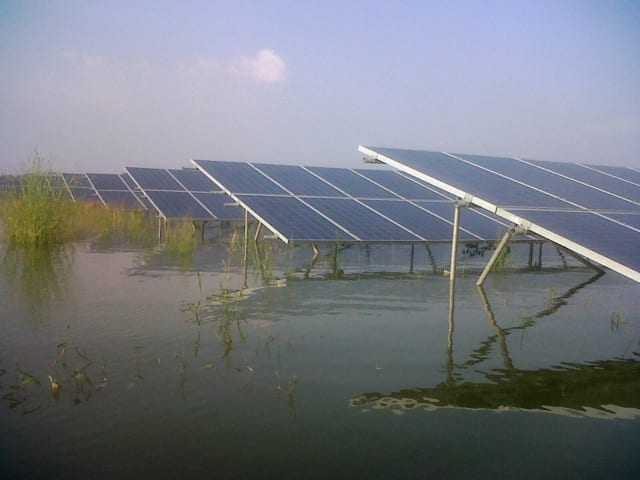Continued measures and institutional support for solar power will help mitigate destructive climate-related forces which leave energy supplies vulnerable to unpredictable disasters. Suntech’s experience highlights solar’s ability to serve as an infrastructure for energy resilience while driving its expansion through sustainable measures.
With rising populations worldwide and the susceptibility for extreme weather conditions for many, countries around the world are looking to implement renewable energy solutions that are built to last. Australia’s Federal energy policies remain supportive of fossil fuel industries through subsidies for production and use. It stands as one of the world’s most coal-dependent countries and fossil fuels are the country’s dominant source of energy consumption.
Fortunately, the issue at hand has been evaluated and approached proactively with measures taken through the national Mandatory Renewable Energy Targets (MRET) set for 45 GW by 2020. Solar power has a promising role in mitigating greenhouse gas emissions while providing clean, cost effective and most importantly reliable energy.
What has yet to be properly evaluated is the utter resiliency of solar energy, able to minimize the detrimental impact of disasters caused by extreme weather conditions and climate change. Such events are increasingly frequent, severe, and disproportionately jeopardize energy security in Asia and the South Pacific.
While Australia may be situated thousands of kilometers from its nearest neighbors, the continent is far from immune to the natural disasters devastating the region. In 2006, the British government’s ‘Stern Review on the Economics of Climate Change’ cited Australia as one of the countries that is most susceptible to the risks of climate change.
We’ve witnessed droughts lead to temporary closures of nuclear power plants in Australia. In January 2009, a heatwave with temperatures exceeding 40 degrees Celsius wreaked havoc on Victoria’s electricity grid leaving 18,000 homes in the dark. In 2010-11, coal mines in Queensland, Australia were shut down in the wake of detrimental floods. More recently, Cyclone Ita struck last April and left thousands of homes and businesses without electricity. These incidents left financial ramifications for the public and private sectors.
Natural catastrophes’ timing, duration, and impact are unpredictable but risk management studies indicate that natural disasters have increased by nearly 2.25 times their level of 1980. Not surprisingly, commercial and public energy dependence has increased exponentially over this timeframe as well. These unpredictable forces hinder economic and operational sustainability as they’re ever more frequent and increasingly volatile.
Many of Australia’s Asian neighbors have responded to this unfortunate reality by implementing progressive policies to encourage a grander sustainable energy infrastructure. For example, Thailand, which suffers frequent natural devastations, notably floods, has set an ambitious goal of achieving 25% of its energy from renewable sources by 2021. Suntech has been involved in this effort on the ground and provided panels for one of Southeast Asia’s largest PV projects, the 45 MW Sunny Bangchack field – a prime example of solar energy exhibiting resilience and durability in the face of the unforeseen circumstances of the great flood of 2011.
The entirety of the energy field was submerged for nearly two months. Naturally, no environmental damage was caused from the submerged solar which would be common with other power plants harmed from such events. Within 6 months, Suntech was able to bring 8MW of Sunny Bangchak’s solar energy back online with new solar modules. After review, minor refurbishing and testing, Suntech was also able to resell 80% of the older panels. The panels remained fully-functional and in excellent condition. The Sunny Bangchak example proves solar energy to be resilient, durable, and primed to weather the greatest of storms.
The Federal government is aware that renewable energy is the optimal solution for reducing greenhouse gas emissions and ensuring sustainable energy security. Solar power in Australia, whilst a relatively recent phenomenon, has increased 10-fold in recent years incentivized by feed-in tariffs and mandatory renewable energy targets.
In line with recent expansion of solar energy in Australia, Suntech’s partnership with the University of New South Wales continues to yield dividends in innovative solutions which make solar power an even more attractive solution to the world’s energy needs. Research endeavors such as this help Suntech and UNSW commercialize the best solar modules that are built to last and enhance the resilience of Australia’s energy supply.










